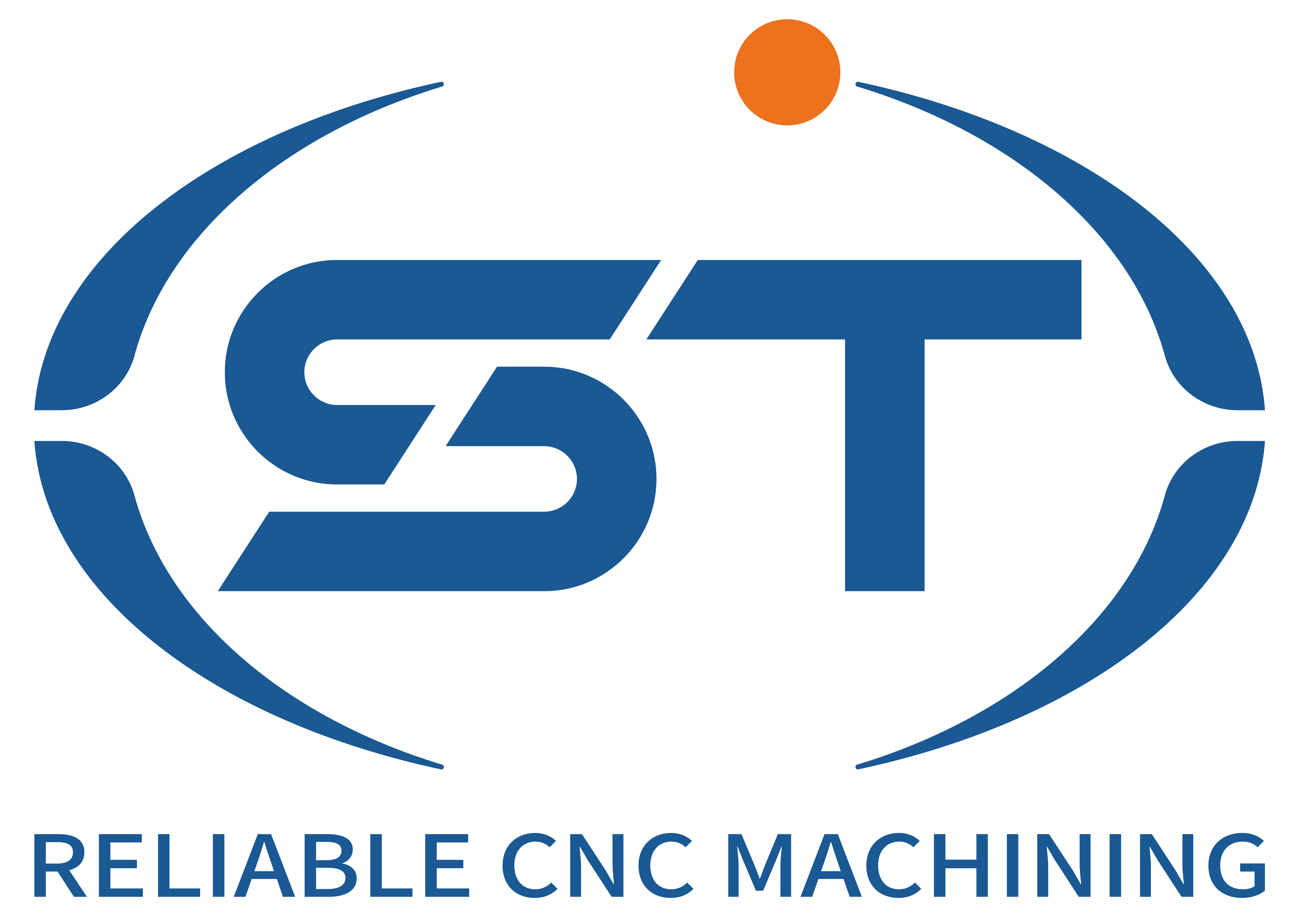Impact of Heat Treatment on CNC Machining of Metal Automotive Components
Heat treatment is a critical process in metalworking that alters a material’s microstructure to enhance properties like hardness, toughness, or wear resistance. However, these changes significantly influence the subsequent CNC machining of automotive parts, affecting tool life, surface integrity, and dimensional accuracy. Below are key considerations for how heat treatment impacts the machinability of metal components.
Table of Contents
ToggleHardness and Tool Wear
Heat treatment processes such as quenching and tempering are commonly used to increase the hardness of metals like steel or cast iron. While this improves the part’s load-bearing capacity, it also escalates tool wear during CNC machining. Harder materials require tools with superior wear resistance, such as carbide or ceramic inserts, to maintain cutting efficiency.
The trade-off between hardness and machinability is evident—materials treated to extreme hardness levels (e.g., above 50 HRC) may necessitate slower cutting speeds or specialized tool geometries to prevent premature tool failure. Additionally, built-up edge (BUE) formation becomes more likely in harder materials, degrading surface finish and requiring frequent tool changes. Balancing heat treatment parameters to achieve optimal hardness without compromising machinability is essential for efficient CNC operations.
Residual Stresses and Dimensional Stability
Heat treatment introduces residual stresses into metal components due to rapid cooling or phase transformations. These stresses can cause warping, distortion, or cracking during machining if not properly managed. For instance, quenched steel parts may exhibit uneven contraction, leading to deviations from intended dimensions.
To mitigate these issues, stress-relieving processes like annealing or tempering are often performed after quenching. This reduces internal stresses and improves dimensional stability during CNC machining. Machining strategies, such as roughing and finishing passes with adequate toolpath planning, also help minimize the impact of residual stresses. Additionally, fixtures designed to accommodate slight distortions ensure parts remain within tolerance after final machining.
Microstructural Changes and Machining Behavior
Heat treatment alters a metal’s microstructure, influencing its cutting response. For example, tempered martensite in steel provides a balance of hardness and toughness, making it more machinable than fully hardened martensite. Conversely, materials with coarse grain structures may exhibit uneven chip formation or increased tool chatter.
Understanding the microstructural changes induced by heat treatment helps optimize machining parameters. For instance, materials with a fine-grained structure may tolerate higher cutting speeds, while those with brittle phases (e.g., retained austenite) require slower feeds to prevent cracking. Non-destructive testing (NDT) methods, such as metallography or hardness testing, can verify microstructural uniformity before machining, ensuring consistent performance.
Workpiece Brittleness and Chip Control
Heat treatment processes that increase hardness often reduce a material’s ductility, making it more brittle. Brittle materials are prone to chip fragmentation or catastrophic failure during machining, posing risks to tool life and surface quality. For example, case-hardened components may exhibit surface hardness but brittle cores, leading to edge chipping or unexpected fractures.
To manage brittleness, machining strategies must prioritize chip control. Tools with positive rake angles and sharp cutting edges reduce cutting forces, minimizing the risk of crack propagation. Additionally, using coolant systems to dissipate heat and lubricate the cutting zone helps prevent thermal shock in brittle materials. Adjusting feed rates and depths of cut to avoid excessive stress concentrations further enhances machinability.
By accounting for the effects of heat treatment on metal properties, automotive manufacturers can refine CNC machining processes to balance material performance and manufacturing efficiency. This ensures that parts meet both mechanical requirements and dimensional precision, ultimately improving product reliability and longevity.




